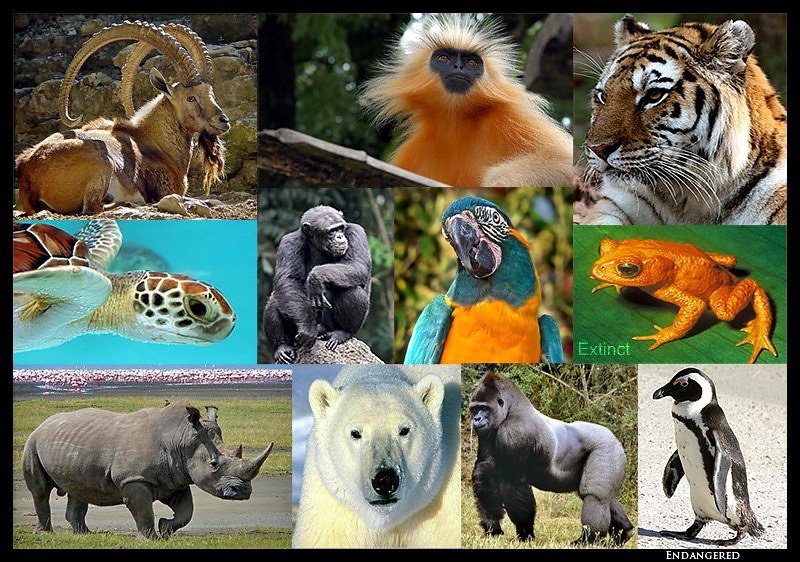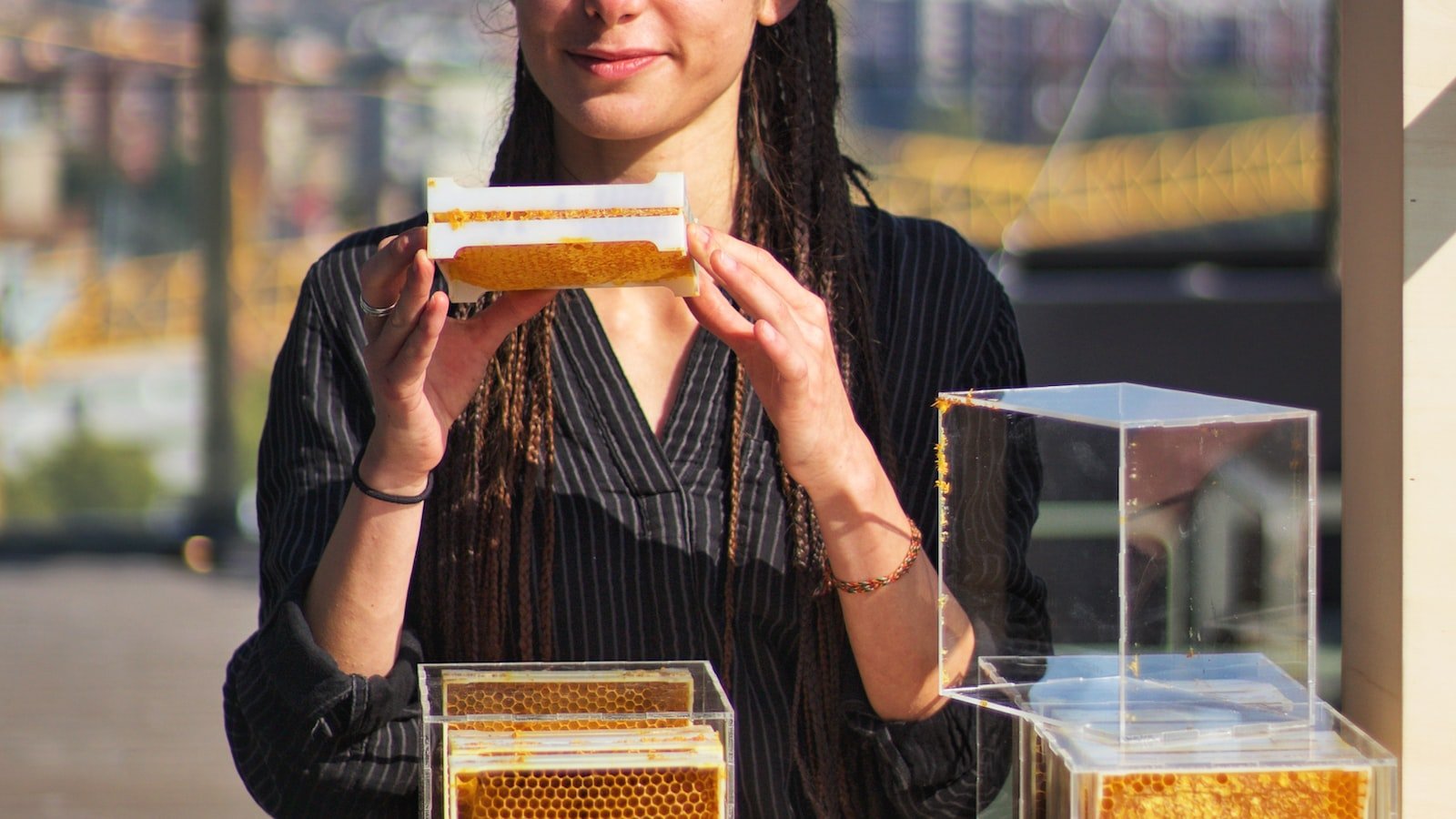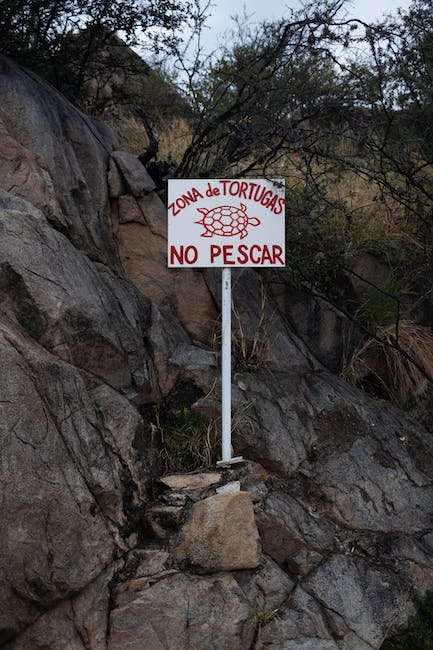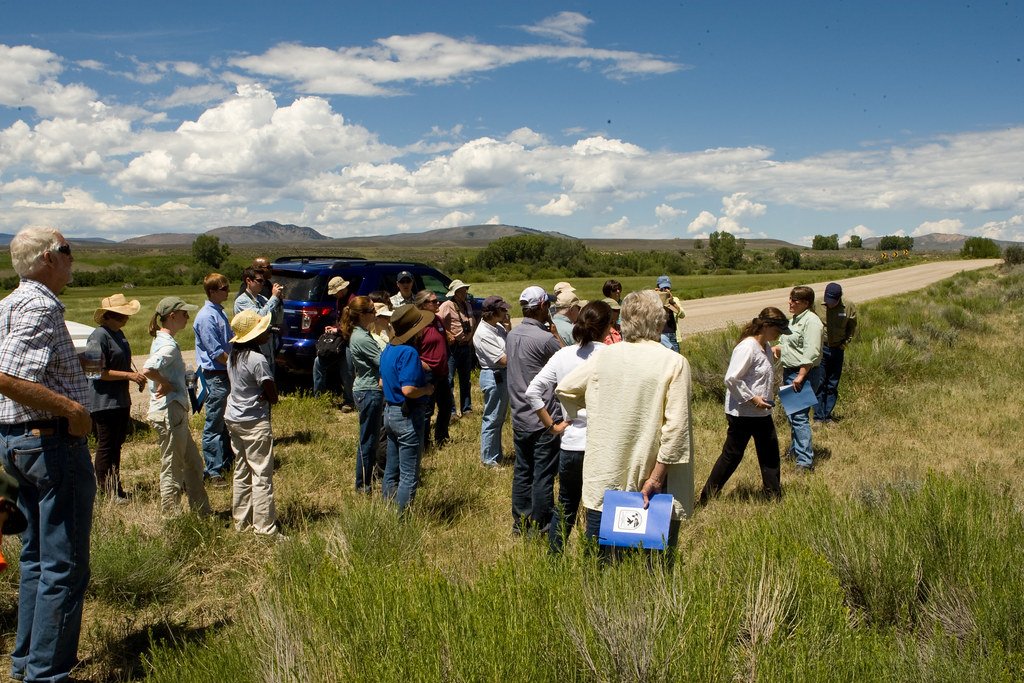As beekeeping enthusiasts, we are all keenly aware of the vital role these buzzing creatures play in maintaining our ecosystems. However, with nearly 25% of global bee populations at risk of extinction, it has become more essential than ever to ensure their survival. In our ongoing battle to protect these invaluable pollinators, it is crucial to understand the laws and regulations surrounding endangered species. This article aims to guide beekeepers, both seasoned and novice, on how to navigate and comply with these crucial legal frameworks, paving the way for a harmonious coexistence between bees and humans. So, grab your veils and smokers as we embark on an enlightening journey through the complex world of Endangered Species Laws in beekeeping.
Table of Contents
- Understanding Endangered Species Laws and Regulations in Beekeeping
- Beekeeping Practices That Promote Species Conservation
- Mitigating Risks to Endangered Species in Beekeeping Operations
- Collaborating with Conservation Organizations to Ensure Compliance
- Creating a Sustainable Future for Bees and Endangered Species
- Q&A
- In Retrospect

Understanding Endangered Species Laws and Regulations in Beekeeping
Endangered Species Laws and Regulations in Beekeeping
When it comes to beekeeping, understanding the laws and regulations pertaining to endangered species is crucial. Bees play a vital role in our ecosystem, pollinating plants and ensuring the survival of various species. As such, it is essential to protect and conserve these incredible creatures, many of which are endangered or threatened.
Below, we outline some important points to consider regarding the laws and regulations surrounding endangered species in beekeeping:
- Identification: Familiarize yourself with the endangered bee species in your region. Understand their physical characteristics, behavior, and habitat requirements. This knowledge will help you recognize and actively protect these species.
- Habitat Preservation: One of the most effective ways to aid endangered bees is to preserve their natural habitats. Ensure you are aware of protected areas where endangered species reside, and take measures to avoid disturbance or destruction of their homes.
- Permits and Licenses: Depending on your location and the specific beekeeping activities you engage in, you may be required to obtain permits or licenses. Research the legal requirements in your jurisdiction to ensure compliance.
- Proper Handling and Management: When working with bees, it is important to adopt responsible practices. This includes using non-toxic and sustainable beekeeping methods, refraining from the excessive use of chemicals, and providing a healthy environment for the bees.
- Reporting: If you encounter a rare or endangered species in your beekeeping endeavors, report it to the relevant authorities. This valuable information helps conservationists and researchers track populations and develop effective conservation strategies.
By adhering to these laws and regulations and actively contributing to the protection of endangered bee species, beekeepers can play a vital role in the conservation of these incredible creatures for future generations.

Beekeeping Practices That Promote Species Conservation
In the age of dwindling populations of bees, it is essential for us to adopt . By choosing sustainable techniques and prioritizing the well-being of these vital pollinators, we can play a significant role in supporting their survival. Here are some practices every beekeeper should consider:
- Providing diverse foraging habitats: Creating a varied landscape with a wide range of flowering plants ensures that bees have access to diverse sources of nectar and pollen. This contributes to their overall health and increases their resilience against diseases and other threats.
- Using organic pest control methods: Minimizing the use of harmful pesticides and synthetic chemicals is crucial. Instead, opting for natural pest control methods, such as introducing predator insects or utilizing organic pest repellents, helps maintain a healthy ecological balance within the beekeeping environment.
- Implementing hive designs that prioritize bee welfare: Investing in modern hive designs that prioritize the comfort and safety of bees is essential for their conservation. Features like proper ventilation, insulations, and adequate space allow the bees to thrive and mitigate the risk of disease outbreaks.
- Practicing responsible hive management: Regular inspections and maintenance of hives help prevent the spread of diseases and identify potential issues early on. Monitoring for pests, ensuring proper nutrition, and resting the bees during periods of low activity are all part of responsible hive management.
- Supporting local bee populations: By purchasing local bees and queens, we can contribute to the preservation of regional genetic diversity. This helps strengthen the adaptability and resilience of bee populations, making them better equipped to face the challenges of a changing environment.
Remember, sustainable beekeeping practices not only benefit the bees but also have a positive impact on our ecosystems as a whole. Together, let’s do our part to ensure the conservation of these incredible pollinators for generations to come.

Mitigating Risks to Endangered Species in Beekeeping Operations
Endangered species play a crucial role in our ecosystem, and it is essential to ensure their protection during beekeeping operations. By implementing a few simple measures, we can effectively mitigate the risks to these vulnerable species.
1. Site selection: When establishing a beekeeping operation, it is vital to carefully choose the location. Avoid areas that are known habitats for endangered species or in close proximity to their breeding grounds. Conduct thorough research and consult with local conservation authorities to ensure the site does not pose a threat to these species.
2. Responsible hive management: Beekeepers should adopt practices that prioritize the well-being of both bees and endangered species. Regular monitoring of hives ensures the timely detection of any potential issues, such as diseases or pests, that could also harm endangered species in the area. Maintaining a healthy and well-managed hive reduces the likelihood of swarming or aggressive behavior that may impact the local wildlife.
3. Implementing pollinator-friendly practices: To promote the conservation of endangered species, beekeepers can adopt techniques that support pollinators and their habitats. This can include planting local, native flowering plants, avoiding the use of harmful pesticides, and providing supplementary food sources during times when natural forage is limited. By creating a favorable environment for pollinators, we can indirectly protect and support endangered species.
Through proactive measures and responsible beekeeping practices, we can minimize the risks and help safeguard endangered species. By working harmoniously with nature, beekeepers can ensure the preservation of biodiversity and contribute to a sustainable future for both bees and endangered wildlife.

Collaborating with Conservation Organizations to Ensure Compliance
In order to ensure compliance with environmental regulations and to actively contribute to conservation efforts, our company is proud to collaborate with various conservation organizations. These partnerships allow us to stay up-to-date on the latest conservation practices and actively participate in initiatives that promote sustainability.
Through our collaboration with these organizations, we gain access to valuable resources and expertise that help us develop and implement effective compliance strategies. This includes:
- Education and Awareness: Conservation organizations provide us with the knowledge and tools necessary to understand and comply with environmental regulations. By educating our employees, we can foster a culture of environmental responsibility throughout our organization.
- Guidance and Best Practices: These organizations offer guidance and share best practices for sustainable operations. They help us identify areas where we can improve our environmental performance and develop strategies to minimize our ecological footprint.
- Collaborative Projects: We actively engage in collaborative projects with conservation organizations to protect and restore natural habitats. By working together, we can contribute to the conservation of endangered species and promote biodiversity.
By partnering with conservation organizations, we not only ensure compliance with regulations but also strengthen our commitment to environmental stewardship. Through these collaborations, we aim to make a positive impact on the planet and inspire others to do the same.
Creating a Sustainable Future for Bees and Endangered Species
As we navigate the challenges facing our planet, it is crucial that we prioritize the protection and preservation of our wildlife, particularly bees and endangered species. These incredible creatures play vital roles in our ecosystems, from pollinating crops to maintaining biodiversity.
To ensure a sustainable future for bees and endangered species, it is essential to take action on multiple fronts. Here are some key steps we can take:
- Preserving their habitats: By protecting and restoring natural habitats, we create spaces where bees and endangered species can thrive. This includes preserving and expanding forests, meadows, and wetlands.
- Reducing pesticide use: Pesticides have been linked to declines in bee populations and harm to endangered species. By promoting organic and sustainable farming methods, we can minimize the negative impact of pesticides.
- Encouraging responsible consumption: Supporting businesses and industries that prioritize sustainability and take measures to minimize their ecological footprint can make a significant difference. By choosing products from companies that promote ethical practices and protect wildlife, we can contribute to a healthier environment.
requires collective effort, as individuals, communities, and governments must come together to implement these initiatives. Together, we can make a tremendous impact on the well-being of these crucial species and pave the way for a harmonious coexistence on our planet.
Q&A
1. What are the key laws regarding beekeeping and endangered species?
Beekeepers need to be aware of laws such as the Endangered Species Act (ESA) and the International Union for Conservation of Nature (IUCN) Red List. These laws aim to protect endangered and threatened species and prohibit activities that could harm or disturb them.
2. How can I ensure compliance with endangered species laws in my beekeeping practices?
To comply with these laws, it is important to do research and understand the species that may be affected by your beekeeping activities. Implement practices that minimize negative impacts on their habitats, such as avoiding pesticide use near nesting areas and providing diverse forage sources.
3. Are there any specific permits or licenses required for beekeepers interested in endangered species conservation?
Permits or licenses may be necessary if you plan to interact directly with endangered insect species or their habitats. Consult with your local wildlife agencies to identify any specific requirements for beekeepers working in areas where endangered species are present.
4. What steps can beekeepers take to support conservation efforts for endangered species?
Beekeepers can contribute by ensuring their hives do not encroach on endangered species’ habitats, maintaining healthy colonies to support pollination, and participating in citizen science projects that monitor populations of endangered pollinators.
5. How can beekeepers prevent accidental harm to endangered species while managing their hives?
By regularly inspecting hives and monitoring their health, beekeepers can detect and address issues promptly, reducing the risk of disease transmission to native bee populations. Applying integrated pest management strategies can also minimize the need for chemical treatments that can harm other beneficial insects.
6. Can beekeepers contribute to the conservation of species beyond their immediate area?
Absolutely! Beekeepers can collaborate with conservation organizations and participate in research initiatives. Sharing knowledge, promoting sustainable practices, and supporting initiatives that protect natural habitats can have a positive impact on endangered species conservation beyond the confines of their apiaries.
In Retrospect
As we bid adieu to the mesmerizing world of beekeeping, it is crucial to reflect on the role we play as stewards of nature’s delicate tapestry. Delving into the remarkable realm of endangered species laws and its profound impact on beekeeping, we have embarked on a journey like no other.
Along the way, we uncovered the enchanting harmony between our buzzing friends and the legal safeguards put in place to protect their existence. From fluttering on the brink of extinction, these cherished species have found solace in the arms of dedicated individuals who strive to create an environment conducive to their survival.
Navigating the labyrinth of compliance may seem daunting at first, but we have debunked the enigma bit by bit. From habitat conservation to mindful pesticide usage, each stride we take ensures that bees dance among us for generations yet to come. Remember, it is not only our moral duty but also a waltz with fate that urges us to embrace these laws and become the guardians of these majestic pollinators.
As the curtain falls on our journey, our minds dwell on the bittersweet realization that the fate of a species lies in our hands. However, we can find solace in knowing that together, as a unified force, we can paint a brighter, sustainable future for these awe-inspiring creatures.
So, dear reader, let this resonate within you as you embark on your own path in the realm of beekeeping. Let your actions be guided by the knowledge we have shared, always bearing in mind the indomitable spirit of these endangered species. By complying with the laws laid before us, we breathe life into their existence and ignite a hope so profound that it echoes throughout the entire ecosystem.
Our journey here may have reached its final pages, but the story of endangered species and beekeeping carries on in the fertile landscapes of our efforts. May the wings of consciousness guide us, as we paint a masterpiece where the gentle hum of bees harmonizes with the symphony of nature, forevermore.
As an affiliate, my content may feature links to products I personally use and recommend. By taking action, like subscribing or making a purchase, you’ll be supporting my work and fueling my taco cravings at the same time. Win-win, right?
Want to read more? Check out our Affiliate Disclosure page.